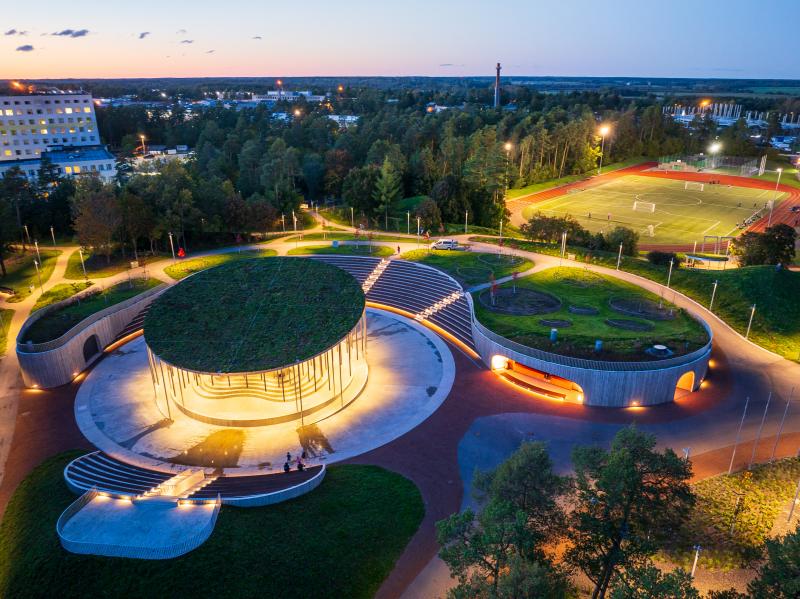
Monitoring and tuning of sustainable drainage solutions and nature-based solutions on an Avangard song festival grounds project. Implementing mixed cultural and educational use of a public space object during all four seasons.

Monitoring and tuning of sustainable drainage solutions and nature-based solutions on an Avangard song festival grounds project. Implementing mixed cultural and educational use of a public space object during all four seasons.
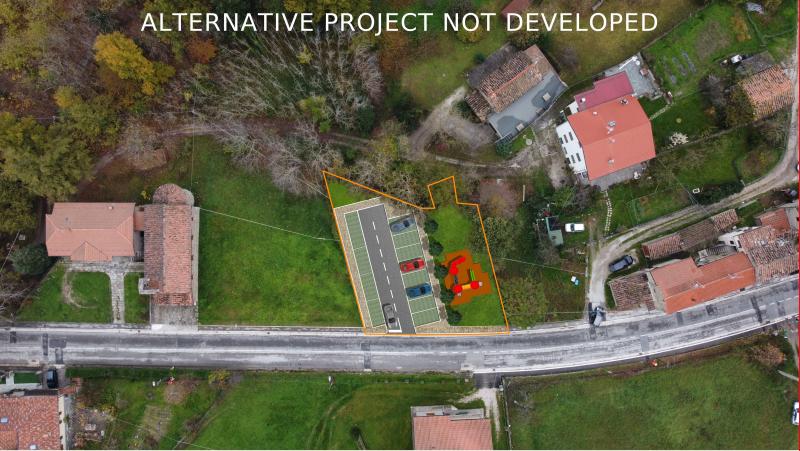
The project involves the redevelopment of an area currently unused. The area will include a new parking lot and a new green space equipped with playgrounds for children and wooden benches. The project, born from the needs of the community, aims to accommodate vehicles and become a true community space. Around the parking spaces, there will be an area dedicated to children's recreation, strongly desired by the citizens.
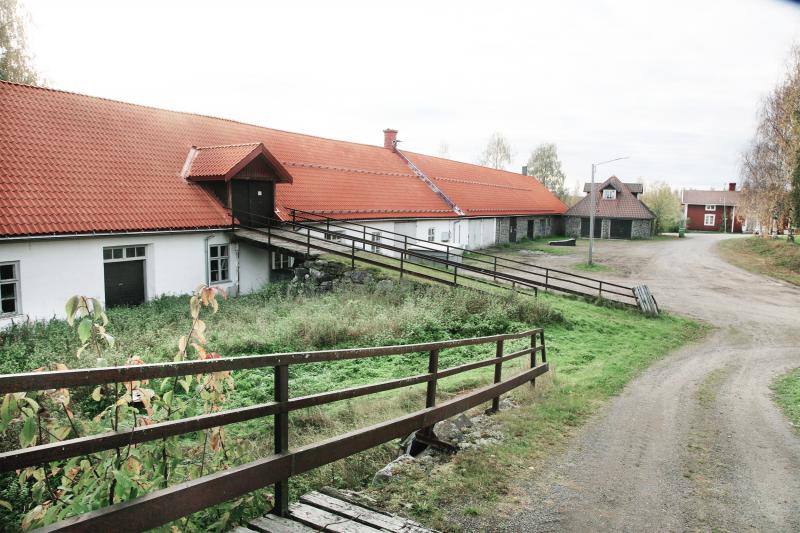
In Robertsfors, we are exploring how a historic industrial site can be transformed into an innovative and inclusive hub for cultural and creative industries. Through circular solutions and collaboration, we aim to create a place where history, craftsmanship, and sustainable innovation come together to shape the future.
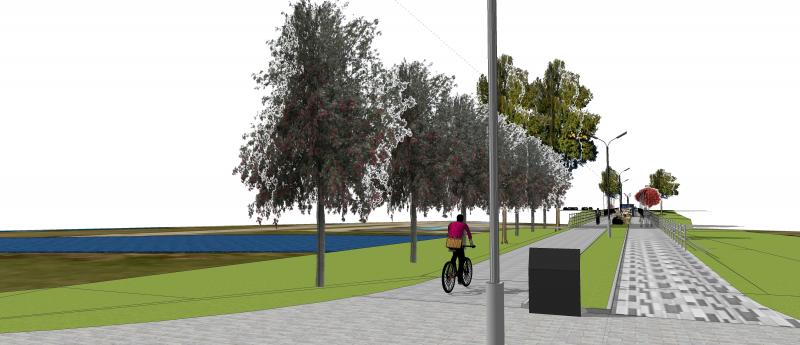
The aim of the project is to renovate the pedestrian bridge over the Dubna River and improve the adjacent territory, ensuring the safety and comfort of pedestrians and visitors in the Livani district. This project aligns with the principles of functional and sustainable urban development, promoting green tourism and creating an environment that fosters a strong connection to the Bauhaus movement.
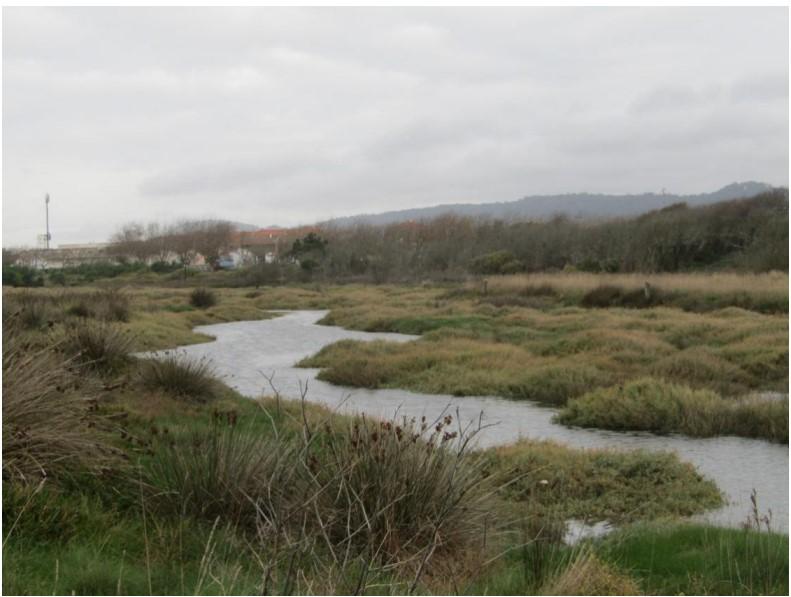
The project “Esposende City Park”, aims to make an investment focused on minimizing risks associated with floods in the southern area of the city of Esposende, increasing the resilience capacity of this territory to disasters that endanger the population and cause significant damage to public and private property, weakening the economy and the environment.
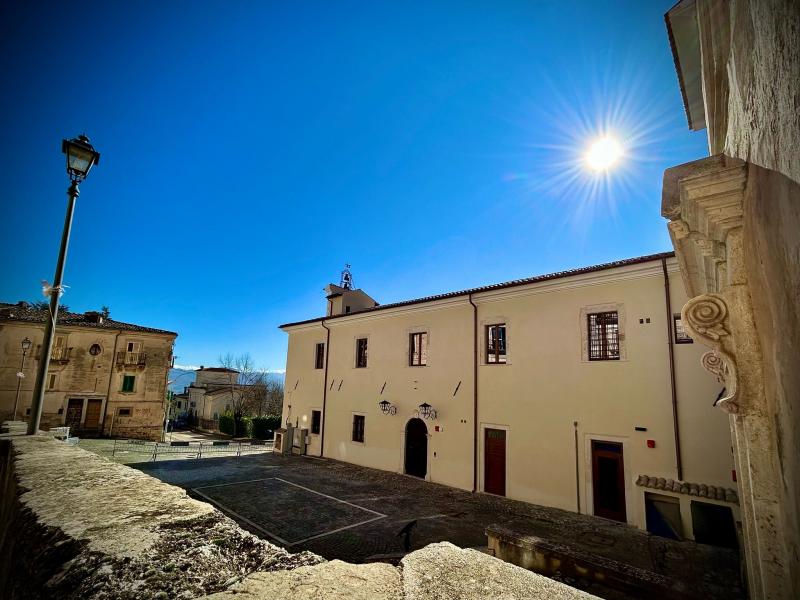
Starting in 2021, together with a group of researchers, we launched a multi-level participatory process called 'Ritornanti al futuro’.The goal: to collectively imagine and regenerate the first section of the Santa Chiara Convent. The community-driven process transformed the convent's new spaces, initially oriented toward tourism, into socio-economic activities generating services, culture and inclusion for locals.We plan to extend the process to regenerate the remaining section of the convent.
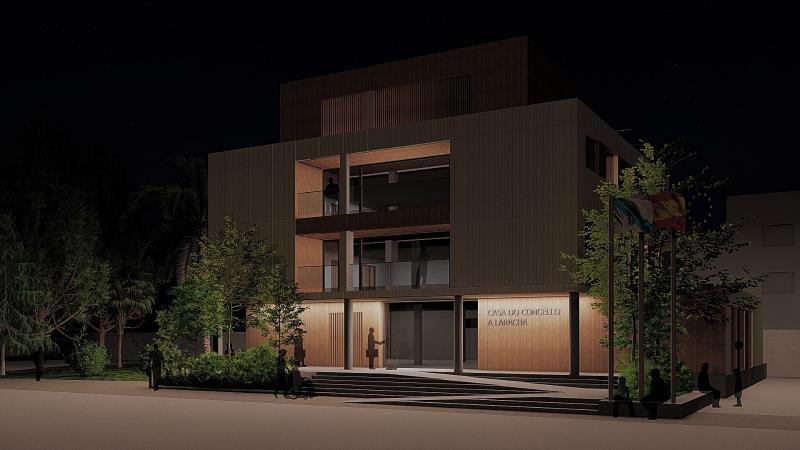
The aim is to undertake rehabilitation works of the Town Hall building and its surroundings aimed at substantially improving energy efficiency and environmental sustainability, accessibility, habitability and conservation, as well as the integration with the environment, creating synergies between the renovated building, the adjacent public spaces (playground, square and road) and the new forms of mobility pedestrian travel, electric vehicles and public transport).
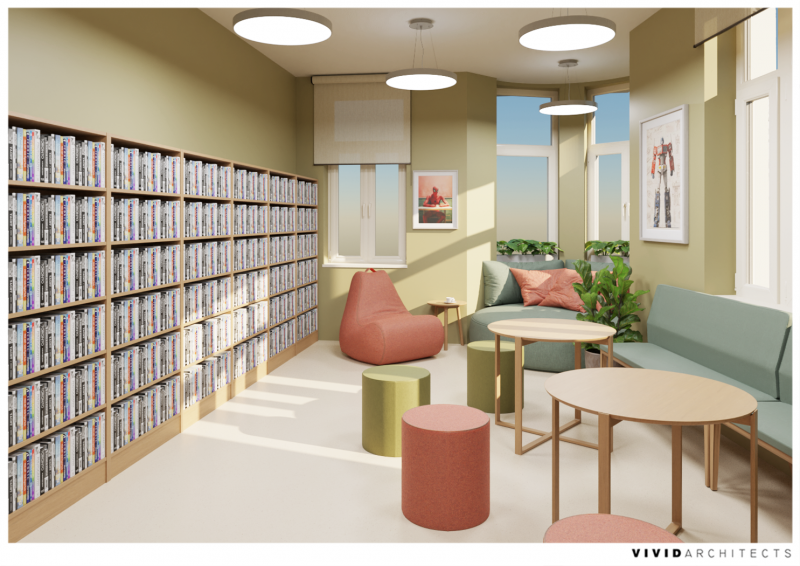
In the city of Broumov, a unique space is being created - the Creative & Cultural Centre will become a "palace for people", where they will find a library and its services, as well as a place for cultural and community events. A revitalised building in the historic city centre that will keep its original, classical appearance but inside will provide an accessible and modern space for its visitors - a place that is actively co-created by the citizens and that improves their quality of life.
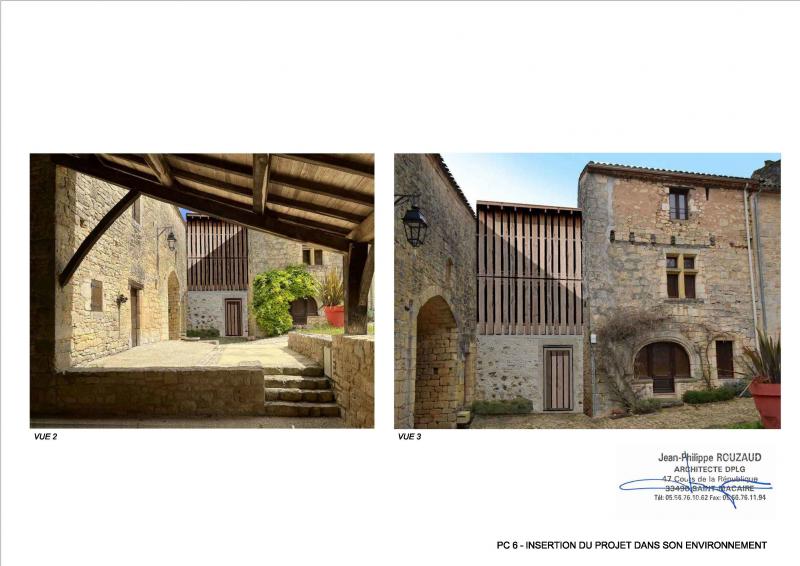
Welcome to Gavaudun is a projet which objectif puts the reception of the public, residents and tourist, back in the heart of the village, near the central square to recreat an agora. As part of an overall renovation, respectful of the existing building, it involves bringing together all public services to make them accessible (town hall, reading point, and postal agency) and tourist reception services (castle reception and interpretation center).
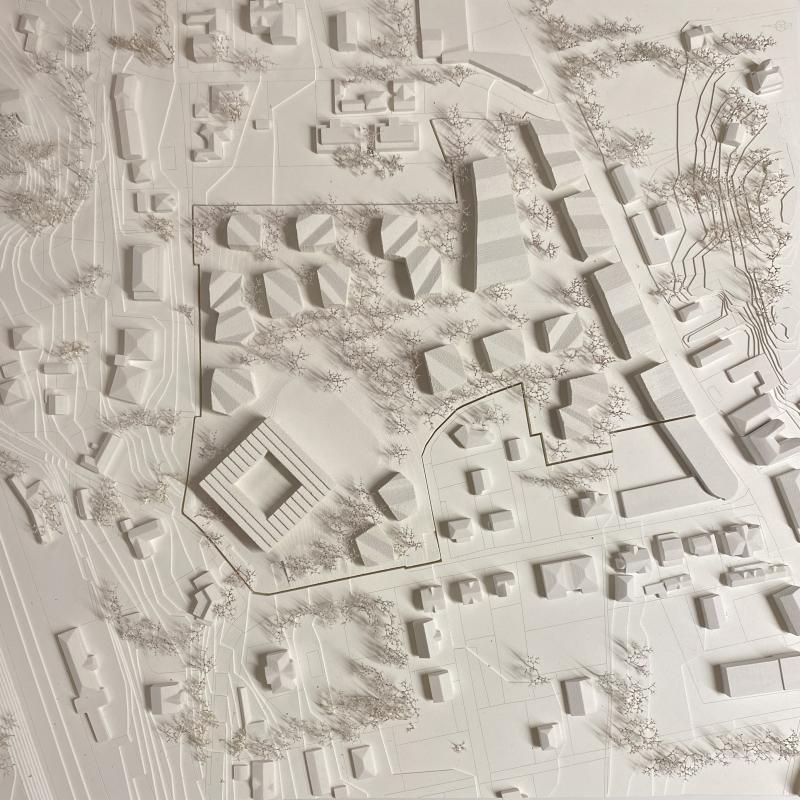
Creating a modern area which combines affordable living, seasonal tourismus, economic locations, parks, schools, roads, streets and a high quality of stay, all in one, was the goal of the project “Quartiersentwicklung Velden Ost”. To ensure a very high acceptance rate, the community council decided to start the project with a citizens initiative, resulting in a catalog of requirements and an architectural competition, with this catalog as foundation.